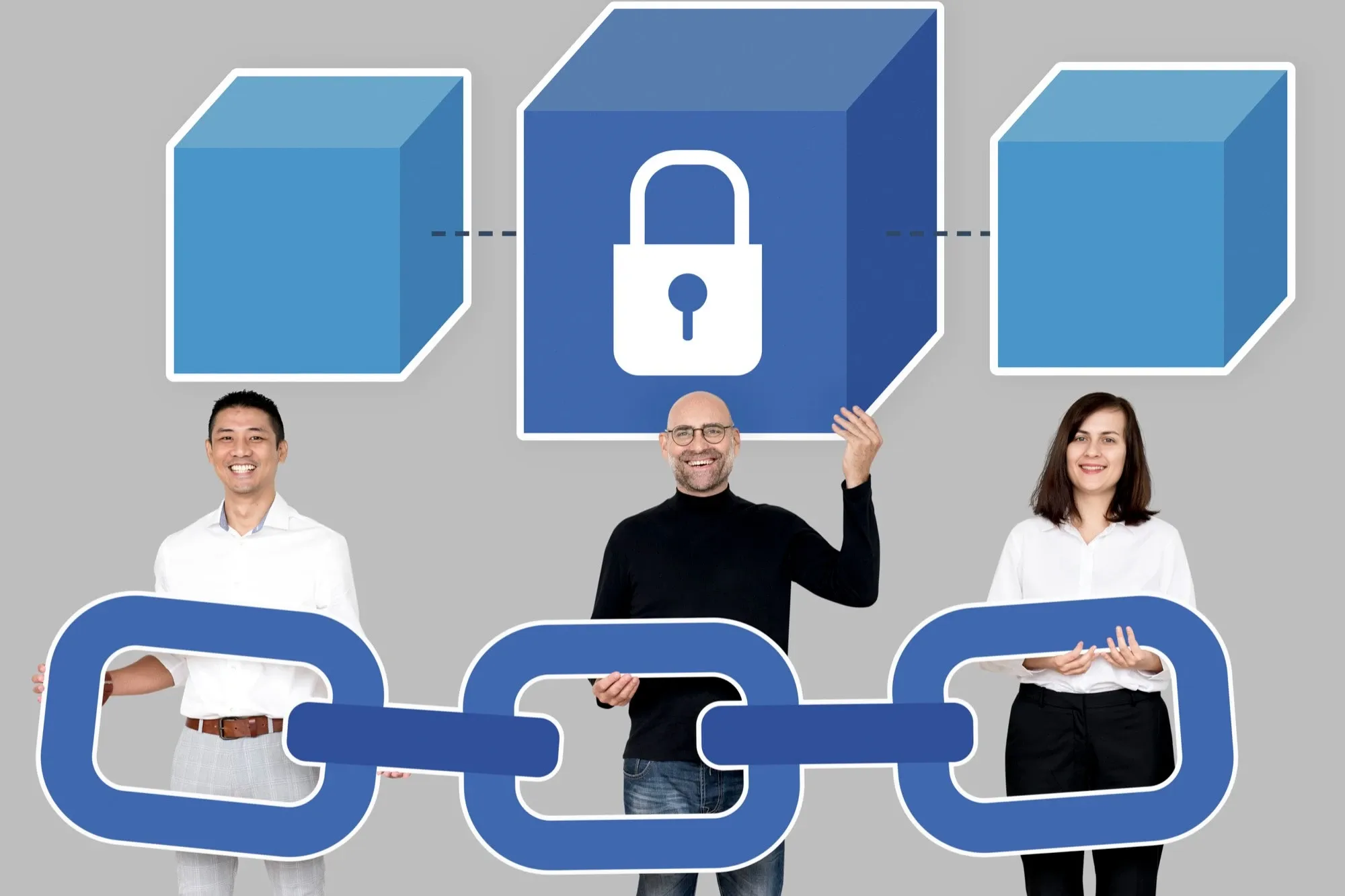In a world where data privacy is paramount, end-to-end encryption stands out as a robust method for securing data transmission. By encrypting data at the source and decrypting it only at the intended destination, this technology ensures that sensitive information remains protected from unauthorized access. End-to-end encryption is essential for safeguarding communications and maintaining the integrity of data in transit.
How End-to-End Encryption Works
End-to-end encryption is a sophisticated cryptographic technique employed to secure data transmission from one end of a communication channel to another. When two parties communicate, such as through messaging apps or email services, the data is encrypted at the sender’s end using a unique encryption key.
This encrypted data is then transmitted across the communication channel, ensuring that even if intercepted, it remains unreadable to anyone without the decryption key. At the recipient’s end, the data is decrypted using a corresponding key, rendering it accessible only to the intended recipient. This process ensures that the data remains confidential and secure throughout its journey, safeguarding it from unauthorized access or tampering.
Benefits of End-to-End Encryption
End-to-end encryption offers several significant advantages for ensuring the security and privacy of data transmission:
- Privacy Protection
- Ensures that only the sender and intended recipient have access to the encrypted data.
- Prevents unauthorized third parties, including service providers and hackers, from intercepting or accessing sensitive information.
- Data Integrity Assurance
- Guarantees that the data remains unchanged and unaltered during transit.
- Detects any unauthorized modifications or tampering attempts, as decryption fails if the data integrity is compromised.
- Mitigation of Third-Party Interception
- Minimizes the risk of data breaches and unauthorized surveillance by external entities, including governments and cybercriminals.
- Enhances trust and confidence among users, knowing that their communications are secure from prying eyes.
End-to-end encryption not only safeguards sensitive information but also promotes a sense of security and confidentiality in digital communications, fostering trust between users and service providers. By employing robust encryption techniques, organizations and individuals can communicate and exchange data with peace of mind, knowing that their privacy and data integrity are protected against potential threats and vulnerabilities.
Challenges and Concerns
End-to-end encryption introduces complexities in managing encryption keys effectively. Ensuring secure generation, distribution, and storage of encryption keys is crucial to maintaining the integrity of the encryption process. Key management systems must be robust enough to prevent unauthorized access to encryption keys while still allowing legitimate users to decrypt data when needed.
Regulatory Hurdles
Navigating the regulatory landscape presents another challenge for implementing end-to-end encryption. Some jurisdictions impose restrictions or requirements on encryption practices, which can vary significantly from one region to another. Compliance with these regulations while maintaining the security and privacy of communications can pose a significant challenge for businesses and service providers operating in multiple jurisdictions.
Applications of End-to-End Encryption
| Application | Description | Examples |
| Messaging Apps | Securely encrypts messages in real-time | Signal, WhatsApp, Telegram |
| Email Services | Protects email content from unauthorized access | ProtonMail, Tutanota, Mailfence |
| Cloud Storage | Secures files and data stored in the cloud | Mega, Tresorit, Sync.com |
End-to-end encryption finds widespread use across various digital platforms and services, ensuring the confidentiality and integrity of sensitive information:
- Messaging Apps
- Securely encrypts messages in real-time, preventing unauthorized access or interception by third parties.
- Examples include Signal, WhatsApp, and Telegram, which employ end-to-end encryption to safeguard user communications.
- Email Services
- Protects email content from unauthorized access or surveillance, maintaining the privacy of electronic communications.
- Services like ProtonMail, Tutanota, and Mailfence offer end-to-end encryption for secure email communication.
- Cloud Storage
- Ensures the security of files and data stored in the cloud, preventing unauthorized access or data breaches.
- Platforms such as Mega, Tresorit, and Sync.com utilize end-to-end encryption to protect user files and documents stored online.
By integrating end-to-end encryption into these applications, users can communicate, share files, and store data with confidence, knowing that their information remains secure and private throughout its lifecycle.
Implementing End-to-End Encryption
Implementing end-to-end encryption requires careful consideration and adherence to best practices to ensure its effectiveness and security:
- Key Generation and Management
- Generate strong encryption keys using robust cryptographic algorithms.
- Implement secure key management practices to safeguard encryption keys from unauthorized access or compromise.
- Secure Transmission Protocols
- Utilize secure communication protocols, such as TLS (Transport Layer Security), to transmit encrypted data securely over networks.
- Employ encryption libraries and frameworks that comply with industry standards and security protocols.
- User Authentication
- Implement robust user authentication mechanisms to verify the identities of communicating parties.
- Utilize multi-factor authentication (MFA) or biometric authentication methods to enhance security and prevent unauthorized access.
- End-User Education
- Educate end-users about the importance of encryption and how to use encrypted communication tools effectively.
- Provide training and resources to help users understand the risks of insecure communication practices and the benefits of end-to-end encryption.
By following these guidelines and best practices, organizations can effectively implement end-to-end encryption to protect sensitive data and communications from unauthorized access and interception.
Future Trends in End-to-End Encryption
As technology continues to evolve, several emerging trends are shaping the future of end-to-end encryption. One significant trend is the advancement of cryptographic techniques, including the development of quantum-resistant encryption algorithms. These algorithms aim to withstand the computational power of quantum computers, which have the potential to undermine traditional encryption methods.
Another trend is the integration of end-to-end encryption with emerging technologies such as blockchain and decentralized networks. By leveraging blockchain’s decentralized architecture and cryptographic principles, developers can enhance the security and resilience of end-to-end encryption protocols, further safeguarding data transmission and communication channels.

